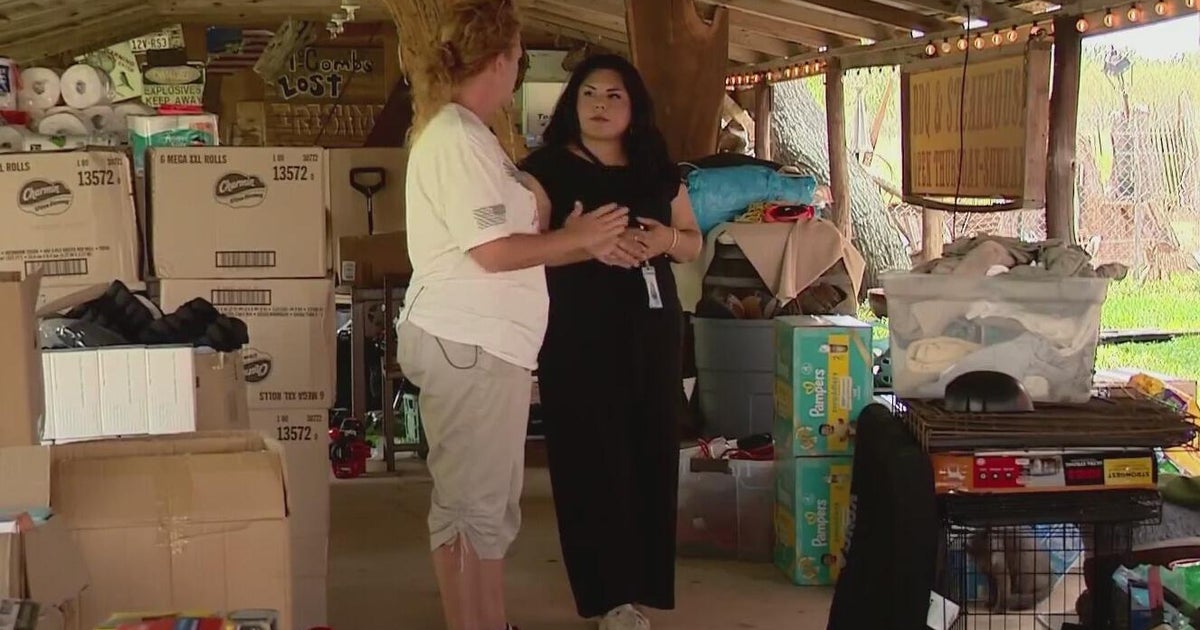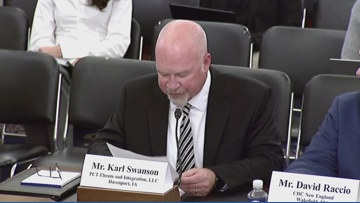Report on the Financial Deficit in Dallas Independent School District and its Impact on Sustainable Development Goals
Executive Summary
A recent federal policy decision has resulted in a significant financial challenge for the Dallas Independent School District (ISD), creating a $22 million budget deficit. This report, based on information from the Dallas Morning News dated July 18, 2025, analyzes the implications of this funding freeze, with a specific focus on its direct opposition to the achievement of key United Nations Sustainable Development Goals (SDGs), particularly SDG 4 (Quality Education).
Analysis of the Funding Shortfall
The primary cause of the fiscal gap is a decision by the Trump administration to freeze billions of dollars allocated for national education funding. For the Dallas ISD, this policy translates directly into a $22 million reduction in anticipated revenue. This abrupt loss of funding compromises the district’s ability to execute its planned educational programs and maintain operational standards, thereby undermining the stability of a critical public institution.
Implications for Sustainable Development Goals
The funding deficit poses a direct threat to progress on several interconnected SDGs. The most significant impacts are detailed below:
-
SDG 4: Quality Education
The core mission of the Dallas ISD is directly aligned with SDG 4, which aims to “ensure inclusive and equitable quality education and promote lifelong learning opportunities for all.” The $22 million shortfall jeopardizes this goal in several ways:
- Resource Scarcity: Reduced funding will likely lead to fewer resources for classrooms, including essential learning materials, technology, and support staff.
- Programmatic Cuts: Specialized programs, such as those for arts, sciences, and students with special needs, may face significant cuts or elimination.
- Teacher Support: The ability to recruit, retain, and provide professional development for high-quality educators may be diminished, impacting the quality of instruction.
- Equity Gaps: The district’s capacity to provide targeted support for disadvantaged students is weakened, threatening the principle of equitable education.
-
SDG 10: Reduced Inequalities
Public education is a primary mechanism for reducing societal inequalities. Funding cuts often have a disproportionate impact on students from lower-income families and marginalized communities who rely most heavily on public school resources. This action risks widening the achievement gap and reinforcing systemic inequalities, directly contradicting the aims of SDG 10.
-
SDG 1: No Poverty
Education is a proven pathway out of poverty. By compromising the quality of education available to students in Dallas, the funding freeze indirectly obstructs progress on SDG 1. A weakened educational foundation limits future employment opportunities and economic mobility for students, potentially perpetuating cycles of poverty within the community.
-
SDG 16: Peace, Justice and Strong Institutions
Reliable and effective public institutions are the bedrock of a just society. The unpredictable nature of such funding decisions weakens the institutional capacity of the Dallas ISD. This instability undermines public trust and hampers the district’s ability to plan for the long term, which is essential for building a resilient and effective educational system as envisioned by SDG 16.
Conclusion
The $22 million funding gap created by the federal freeze places the Dallas Independent School District in a precarious position, threatening the quality and equity of education for its students. This situation highlights a significant misalignment between national policy and the global commitment to the Sustainable Development Goals. Achieving quality education (SDG 4) and its related goals requires stable, predictable, and sufficient investment in public institutions. Addressing this shortfall is critical not only for the immediate well-being of Dallas students but also for the long-term sustainable development of the community.
Analysis of Sustainable Development Goals in the Article
1. Which SDGs are addressed or connected to the issues highlighted in the article?
- SDG 4: Quality Education – This is the most direct SDG related to the article. The article’s central theme is a funding shortfall for the Dallas Independent School District (ISD), which directly impacts the resources available to provide quality education to students.
- SDG 10: Reduced Inequalities – A significant funding gap, such as the $22 million mentioned, can worsen inequalities. Public school districts often serve diverse student populations, and budget cuts can disproportionately affect students from lower-income backgrounds, potentially widening the educational and opportunity gap.
- SDG 16: Peace, Justice and Strong Institutions – The article discusses a decision by a national administration (“Trump administration’s decision to freeze billions of dollars in education funding”) that has a direct negative impact on a local public institution (Dallas ISD). This relates to the effectiveness and accountability of institutions at different levels and how their policies affect public services.
2. What specific targets under those SDGs can be identified based on the article’s content?
- Target 4.1: “By 2030, ensure that all girls and boys complete free, equitable and quality primary and secondary education leading to relevant and effective learning outcomes.” The article highlights a “$22 million gap” which threatens the *quality* component of this target for students in the Dallas ISD. A lack of funding can compromise the resources needed for effective learning environments and outcomes.
- Target 10.2: “By 2030, empower and promote the social, economic and political inclusion of all…” Access to quality education is a primary driver of social and economic inclusion. A funding freeze that jeopardizes educational quality can hinder this target by creating unequal opportunities for students affected by the budget cuts.
- Target 16.6: “Develop effective, accountable and transparent institutions at all levels.” The article points to a high-level policy decision (freezing funds) that creates significant challenges for local institutions responsible for delivering essential public services like education. This situation calls into question the effectiveness of the institutional framework that allows such financial gaps to occur.
3. Are there any indicators mentioned or implied in the article that can be used to measure progress towards the identified targets?
- Yes, the article provides a clear and quantifiable indicator. While not an official UN indicator, it serves as a direct measure of the financial challenge to achieving the aforementioned targets.
- Financial Gap in Education Funding: The article explicitly states that the policy will “leave Dallas schools with an additional $22 million gap.” This figure is a direct indicator of the resource shortfall for SDG 4. It quantifies the financial pressure on the school district, which in turn affects its ability to provide quality education and ensure equal opportunities (SDG 10).
- National Funding Freeze Amount: The article also mentions the “decision to freeze billions of dollars in education funding” at a national level. This broader figure serves as an indicator of a national policy trend that runs counter to the goal of strengthening public education systems.
4. Table of SDGs, Targets, and Indicators
| SDGs | Targets | Indicators |
|---|---|---|
| SDG 4: Quality Education | 4.1: Ensure all children complete free, equitable and quality primary and secondary education. | The “$22 million gap” in funding for Dallas ISD, which directly measures the financial shortfall impacting educational quality. |
| SDG 10: Reduced Inequalities | 10.2: Empower and promote the social, economic, and political inclusion of all. | The existence of a funding freeze that could disproportionately affect vulnerable student populations and widen the educational opportunity gap. |
| SDG 16: Peace, Justice and Strong Institutions | 16.6: Develop effective, accountable and transparent institutions at all levels. | The “freeze [of] billions of dollars in education funding” by the national administration, indicating a policy action that negatively impacts the effectiveness of local public institutions. |
Source: nbcdfw.com







